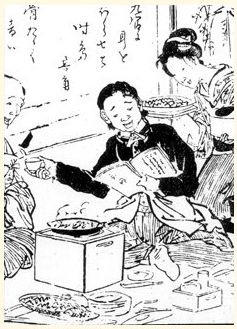Sukiyaki-Authentic Japanise beef dish know as a title of a hit song
A great combination of beef and sweetened soy sauce flavor
Sukiyaki is a type of hot pot dish known for its sweet and salty flavor, seasoned with shoyu, sugar, and mirin. In addition to thin slices of beef, common ingredients for sukiyaki include naganegi (Japanese leek), shungiku green, shiitake, tofu, and shirataki noodles. In general, the meat for sukiyaki is sliced slightly thicker than that for shabu-shabu.
Kanto-style or Kansai-style?
Sukiyaki is prepared in different ways in Kanto region and Kansai region. Sukiyaki in Kanto style is based on gyunabe (beef pot), which became a huge hit among people in the Meiji period as the cultural civilization was nationally promoted. A soup base called warishita is prepared with shoyu, sugar, mirin, sake and such, and meat and vegetables and other ingredients are simmered together in the premixed base. On the other hand, sukiyaki in Kansai style does not use warishita and instead cook meat first, which is seasoned with sugar and soy sauce. Vegetables are then added to the pot, and after boiling down the liquid, sake and water are added. Today, it is common both in Kanto and in Kansai to use raw eggs as a dipping sauce to eat sukiyaki, although this custom originally came from Kansai.


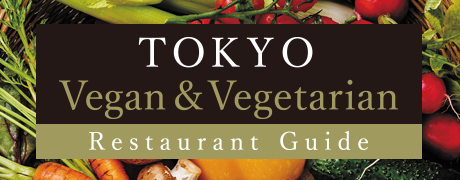

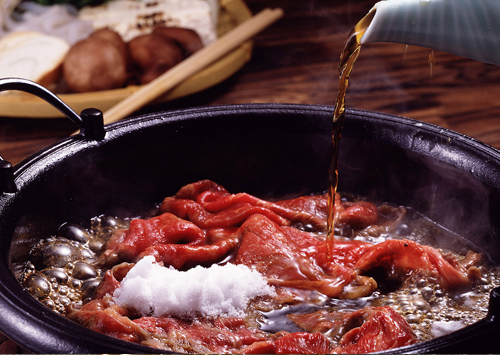
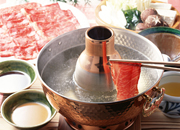
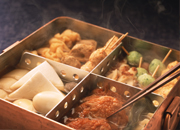
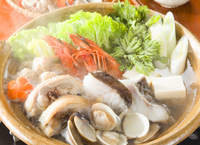
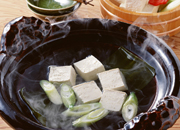
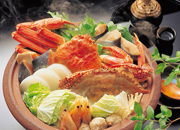
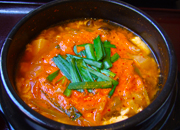
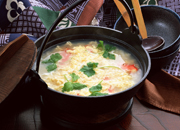 After most foods in the pot are eaten, it is a popular custom to make zosui by adding cooked rice to the pot and cooking it in a soup full of flavors with extracts from meat, seafood, and vegetables. Eggs and negi onions are often added to zosui. Instead of rice, udon and ramen noodles are used as well to complete the dish.
After most foods in the pot are eaten, it is a popular custom to make zosui by adding cooked rice to the pot and cooking it in a soup full of flavors with extracts from meat, seafood, and vegetables. Eggs and negi onions are often added to zosui. Instead of rice, udon and ramen noodles are used as well to complete the dish.